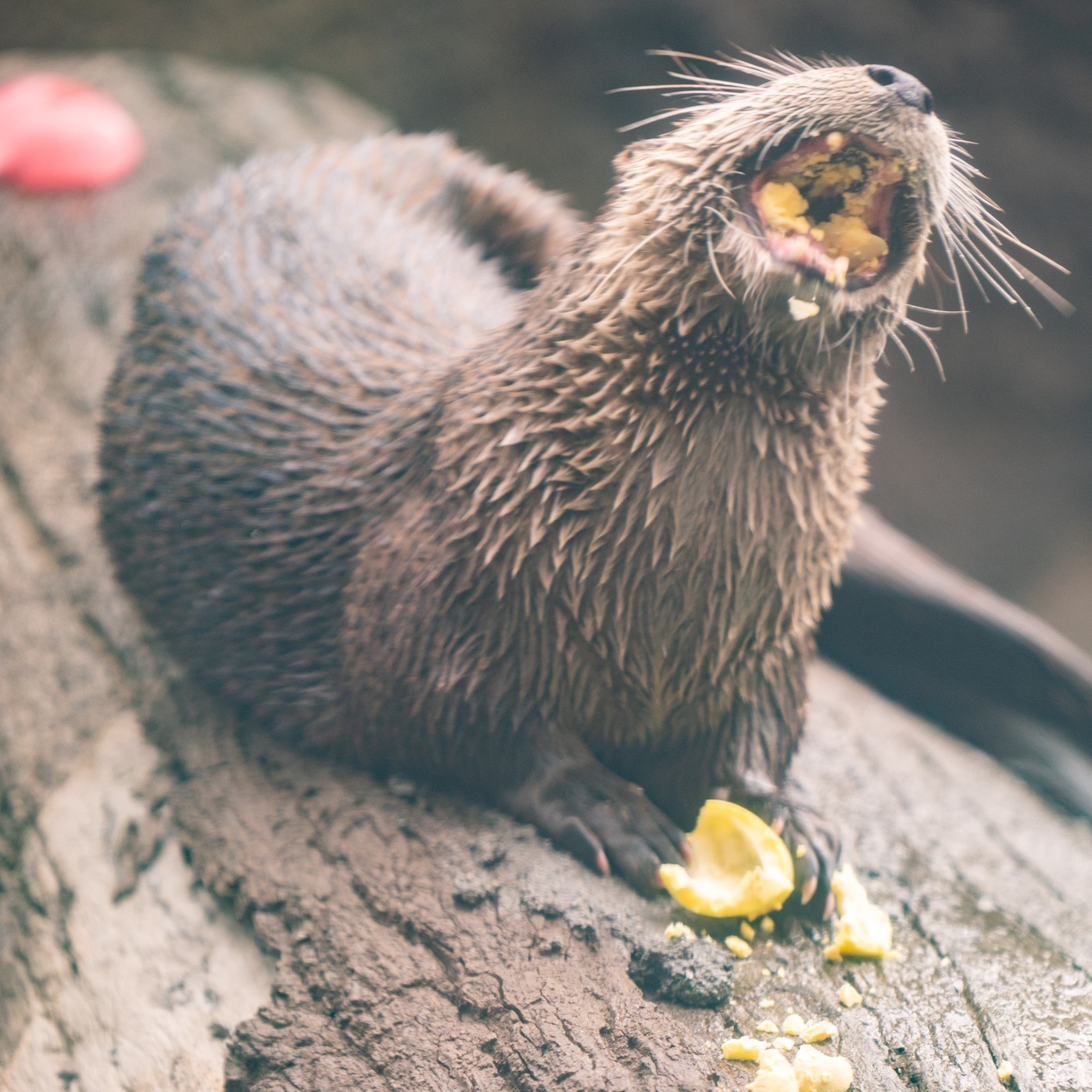– The role and importance of animal enrichment activities in zoos and wildlife sanctuaries
– Insights into the behavior of otters and their social structure
– The impact of publicized zoo events on wildlife conservation awareness and education
– How to interpret zoo animals’ behaviors in response to enrichment activities
– Strategies and considerations for responsible zoo management and animal care
Animal enrichment is a fundamental aspect of zoo management, pivotal for maintaining captive animals’ physical and psychological health. A delightful example of such enrichment is the otter Easter egg hunt, which serves not only as an engaging spectacle for visitors but, more importantly, as a stimulating activity for the animals themselves. Photos from last weekend’s event have emerged, capturing the otters’ innate curiosity and playfulness as they interact with their colorful and enriching environment.
Otters, belonging to the weasel family, are known for their energetic and playful nature. In the wild, they display complex social behaviors and are often seen sliding, wrestling, or engaging in other forms of play. These behaviors are not just for enjoyment; they serve practical purposes such as honing hunting skills and establishing social hierarchies. In captivity, providing opportunities that mimic these natural behaviors is crucial. Events like the Easter egg hunt introduce novel items and challenges that encourage otters to explore and solve problems, keeping them mentally alert and physically active.
The public’s fascination with otters and their antics offers zoos a platform to promote wildlife conservation. Cuteness aside, these images and events serve a vital educational function, highlighting the otters’ needs and behaviors while raising awareness about their conservation status in the wild. Conservation messages interwoven with such events can inspire people to support habitat preservation, sustainable fishing, and other conservation measures that benefit otters and similar species.
Observing how otters interact during an Easter egg hunt can provide valuable insights for zookeepers and researchers. Are the otters using their paws to manipulate objects, or are they employing their sharp sense of smell? Such observations help assess the effectiveness of enrichment programs and inform future activities tailored to the animal’s natural behaviors and preferences.
Zoo management is responsible for conducting enrichment activities responsibly. There is a fine balance between providing an enjoyable visitor experience and maintaining the well-being of the animals. Using only safe, non-toxic materials for egg construction, ensuring that food treats are part of the otters’ regular diet, and closely monitoring the animals are essential in executing an event like an Easter egg hunt. These practices abide by the overarching principle of prioritizing animal welfare over public entertainment.
To conclude, events like last weekend’s otter Easter egg hunt exemplify the multifaceted goals of zoos: to entertain, educate, and conserve. They are a testament to the ongoing commitment of wildlife professionals to foster rich environments where animals can exhibit their natural behaviors. However, even as these events brighten our social media feeds, they must also ignite a conversation about the significant, ongoing efforts needed to ensure the survival and well-being of otters and other wildlife in both captive and natural settings.
*****
Source Description
To brighten your feed: some still shots from last weekend’s otter Easter egg hunt. 🦦🦦


